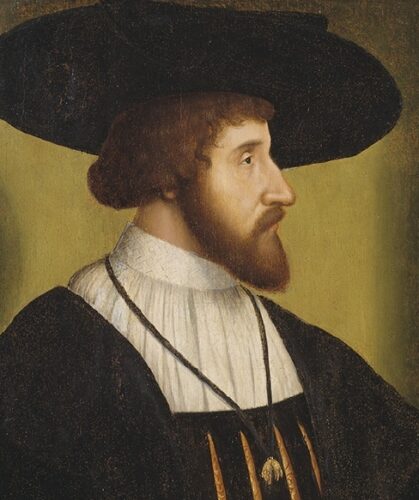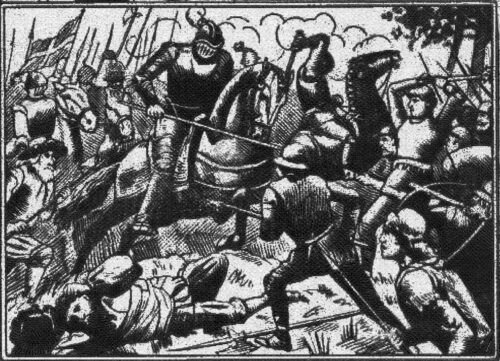Adolescence
Haakon V’s succession by his daughter’s son Magnus VII who was also elected Swedish King (his father was Eric, Duke of Södermanland) inaugurated a new era of royal unions between the Scandinavian Kingdoms with the center of political power shifting from Stockholm to Copenhagen and vice versa.
In 1397 the three Scandinavian nations were officially united under King Eric of Pomerania, who ruled from Copenhagen and waged a series of wars against the Hanseatic League. Oslo’s role was reduced to that of a provincial administrative center. Bergen continued to be the economic powerhouse of Norway but Oslo started to reap the benefits of its proximity to the two other Scandinavian capitals.

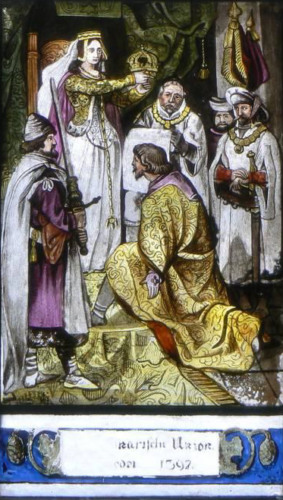
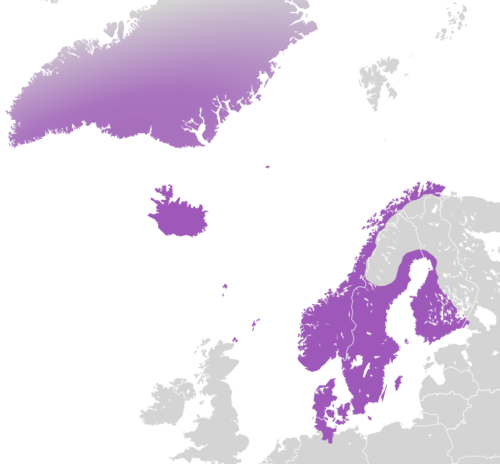
The Norwegian captain at Akershus fortress eventually took over several functions and became the king’s most important man. The rector and the canons continued their activities in St. Mary’s Church but were at times completely dependent on the king and the chief. In 1497 a Norwegian, named Knut Alvsson, the country’s most prominent nobleman at the time, took over the command of the fortress. Two years later King Hans of Denmark was in a military campaign against the Swedes to keep them in the Union.
A strong man in charge of Oslo’s main fortress would probably create a certain level of insecurity for the king who deposed Knut Alvsson. In 1501 Alvsson became the leader of the revolution against the Danish King and with the help of the Swedes, he managed to capture Akershus Fortress in March 1502.
The citizens of Oslo remained pro-Danish while the nobles and bishops of the country remained neutral mostly due to the uncertainty of the future winner. The King’s son Christian II of Denmark managed to quell the rebellion while Alvsson was betrayed and killed by his allies in August of 1502 although the rebellion would continue until 1504.
In 1523 Sweden pulled out of the Kalmar Union and soon after Akershus fortress was under siege by the Swedes. Just before the siege the Danish governor of the castle and Bishop of the city named Hans Mule moved all treasures from Mariakirken and elsewhere inside the castle and ordered the burning of the city. The castle didn’t fall and the Swedes left without substantial gains. The break-up created the twin Realm of Denmark & Norway which would be governed by the King’s residence in Copenhagen. Norway would be diminished into a mere Danish province & Oslo would fall into a general decline.
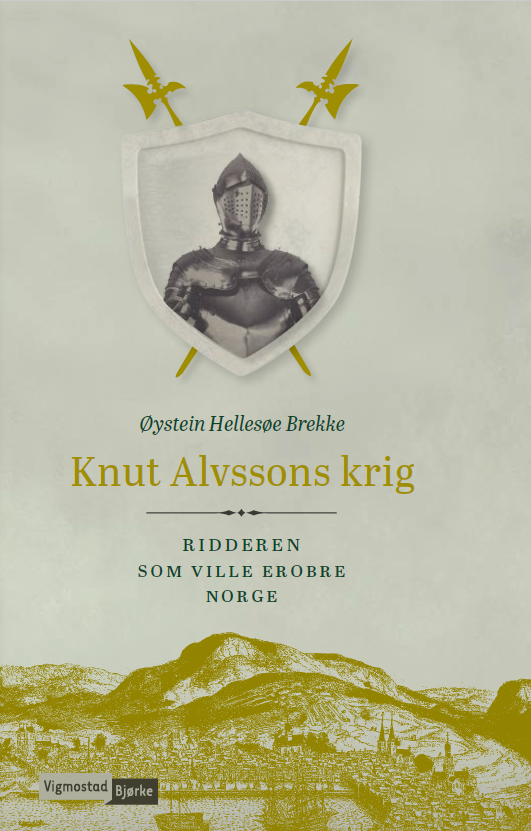 .
.